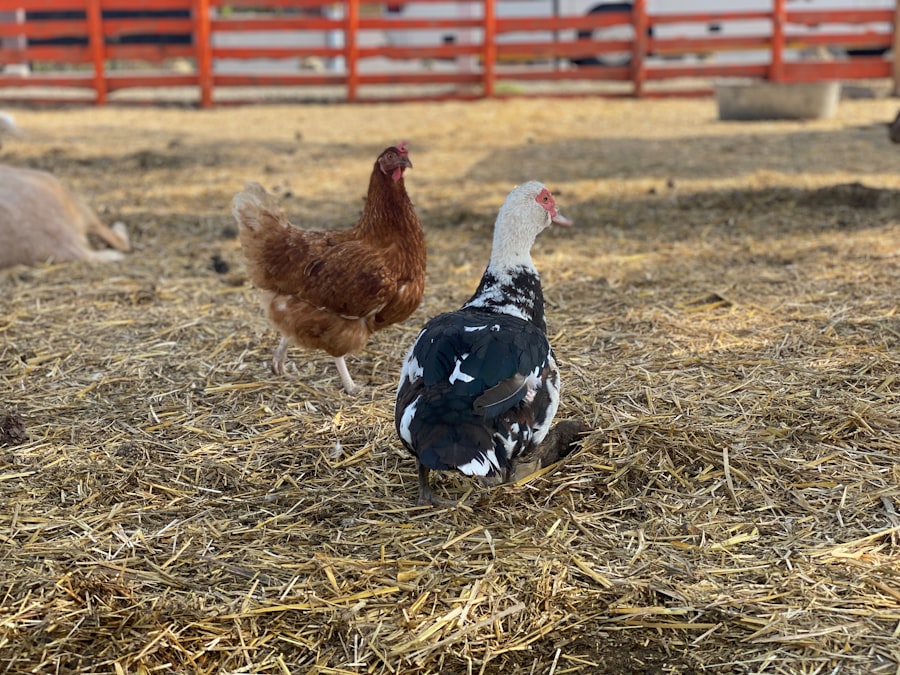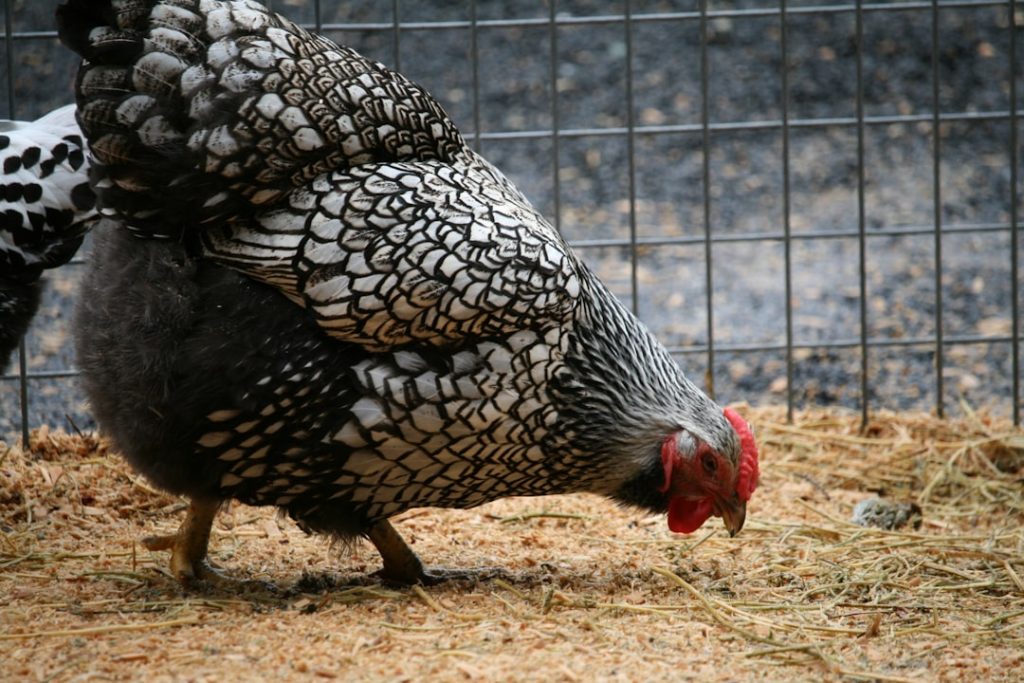The economics of chicken slaughter is a complex and multifaceted topic encompassing various aspects such as production costs, labor requirements, and market dynamics. The process involves multiple stages: raising chickens, processing them, and distributing the meat to consumers. Each stage presents unique economic considerations that influence the overall cost of chicken production.
The initial phase of raising chickens incurs expenses related to feed, housing, and veterinary care. These costs can fluctuate based on factors like operation size, feed type, and farm location. Labor costs are also a significant component in the economics of chicken slaughter, as the process necessitates skilled workers to handle the birds and operate processing equipment.
Market demand for chicken meat is another crucial factor influencing the economics of chicken slaughter. Consumer preferences and purchasing power can affect chicken product prices, creating a dynamic relationship between supply and demand. The chicken slaughter industry must carefully consider these various economic factors to maintain sustainability and profitability.
Balancing production costs, labor expenses, and market demands is essential for the industry’s long-term viability and success.
Table of Contents
Key Takeaways
- Chicken slaughter is a major economic activity, with billions of chickens processed annually for meat production.
- Consumer prices for chicken products are influenced by factors such as feed costs, labor, and transportation, in addition to supply and demand dynamics.
- Big poultry companies play a dominant role in the industry, controlling much of the production and distribution of chicken products.
- Ethical and environmental concerns in chicken slaughter include animal welfare, pollution, and the use of antibiotics and hormones.
- Government regulations and oversight are crucial for ensuring food safety, animal welfare, and environmental protection in the poultry industry.
- Alternative solutions for the poultry industry include organic and free-range farming, as well as plant-based meat substitutes.
- Consumer awareness and advocacy can drive demand for ethically and sustainably produced chicken products, influencing industry practices.
The Impact on Consumer Prices
The Interplay of Factors Affecting Consumer Prices
The cost of raising and processing chickens, as well as market demand, all play a role in determining the final price of chicken products for consumers. Additionally, factors such as transportation costs and government regulations can also impact consumer prices.
Production Costs and Market Demand
The cost of raising and processing chickens is a major factor in determining consumer prices. Expenses such as feed, housing, and labor all contribute to the overall cost of production, which in turn affects the price of chicken products for consumers. Furthermore, market demand for chicken meat can also impact consumer prices, as fluctuations in demand can lead to changes in pricing strategies by producers.
A Complex Issue Requiring Careful Consideration
In conclusion, the impact of chicken slaughter on consumer prices is a complex issue that involves various factors such as production costs, market demand, and government regulations. Producers must carefully consider these factors in order to set prices that are both competitive and sustainable, while consumers must be aware of these factors in order to make informed purchasing decisions.
The Role of Big Poultry Companies

Big poultry companies play a significant role in the chicken slaughter industry, as they are responsible for a large portion of chicken production and distribution. These companies have a major influence on various aspects of the industry, including production practices, pricing strategies, and market dominance. Big poultry companies often have significant control over production practices, as they have the resources to invest in advanced technology and infrastructure.
This allows them to streamline production processes and reduce costs, which can give them a competitive advantage over smaller producers. Additionally, these companies often have significant influence over pricing strategies, as their large market share allows them to set prices that smaller producers must follow in order to remain competitive. In conclusion, big poultry companies play a significant role in the chicken slaughter industry, as they have a major influence on production practices, pricing strategies, and market dominance.
Their control over these aspects of the industry can have significant implications for both producers and consumers.
Ethical and Environmental Concerns
The chicken slaughter industry raises significant ethical and environmental concerns that must be addressed in order to ensure sustainable and responsible practices. Ethical concerns include issues such as animal welfare and worker safety, while environmental concerns include issues such as pollution and resource consumption. Ethical concerns in the chicken slaughter industry revolve around the treatment of chickens and workers.
Chickens are often raised in crowded and unsanitary conditions, which can lead to stress and disease. Additionally, workers in chicken processing plants often face dangerous working conditions and low wages. These ethical concerns raise questions about the treatment of both animals and workers in the industry.
Environmental concerns in the chicken slaughter industry include issues such as pollution and resource consumption. Chicken farms produce large amounts of waste that can pollute waterways and soil, while also consuming significant amounts of water and feed. Additionally, the transportation of chicken products can contribute to carbon emissions and other environmental impacts.
In conclusion, the chicken slaughter industry raises significant ethical and environmental concerns that must be addressed in order to ensure sustainable and responsible practices. Producers must take steps to improve animal welfare and worker safety, while also implementing practices that reduce pollution and resource consumption.
Government Regulations and Oversight
Government regulations and oversight play a crucial role in ensuring that the chicken slaughter industry operates in a responsible and sustainable manner. These regulations cover various aspects of the industry, including food safety, animal welfare, worker safety, and environmental protection. Food safety regulations are designed to ensure that chicken products are safe for consumption by consumers.
These regulations cover various aspects of production and processing, including hygiene standards, sanitation practices, and product labeling. Additionally, animal welfare regulations are designed to ensure that chickens are treated humanely throughout their lives and during the slaughter process. Worker safety regulations are designed to protect workers in chicken processing plants from dangerous working conditions.
These regulations cover various aspects of workplace safety, including equipment operation, chemical exposure, and ergonomic standards. Additionally, environmental regulations are designed to minimize the impact of chicken production on the environment by regulating waste disposal, pollution control, and resource management. In conclusion, government regulations and oversight play a crucial role in ensuring that the chicken slaughter industry operates in a responsible and sustainable manner.
These regulations cover various aspects of the industry, including food safety, animal welfare, worker safety, and environmental protection.
Alternative Solutions for the Poultry Industry

Alternative Production Methods
One solution is to promote alternative production methods that prioritize animal welfare and environmental sustainability. This can include practices such as free-range farming, organic feed production, and reduced antibiotic use.
Consumer Education and Awareness
Promoting consumer education about these alternative production methods can help increase demand for ethically produced chicken products. By educating consumers about the benefits of responsible production methods, they can make informed choices that support a more sustainable and humane poultry industry.
Advocating for Policy Changes
Another solution is to advocate for policy changes that promote responsible practices in the poultry industry. This can include lobbying for stricter regulations on animal welfare and worker safety, as well as incentives for sustainable production methods. Consumers can also advocate for policy changes by supporting organizations that promote responsible practices in the poultry industry.
In conclusion, there are several alternative solutions that can help address some of the challenges facing the poultry industry. These solutions include alternative production methods, consumer education, and advocacy for policy changes that promote responsible practices.
Consumer Awareness and Advocacy
Consumer awareness and advocacy play a crucial role in promoting responsible practices in the poultry industry. By educating themselves about production methods and advocating for policy changes, consumers can help drive positive change in the industry. Consumer awareness about production methods is crucial for promoting responsible practices in the poultry industry.
By learning about issues such as animal welfare, worker safety, and environmental impact, consumers can make informed purchasing decisions that support ethically produced chicken products. Additionally, consumers can advocate for policy changes by supporting organizations that promote responsible practices in the poultry industry. Advocacy for policy changes is another important way that consumers can drive positive change in the poultry industry.
By supporting organizations that promote responsible practices and lobbying for stricter regulations on animal welfare and worker safety, consumers can help create a more sustainable and ethical poultry industry. In conclusion, consumer awareness and advocacy play a crucial role in promoting responsible practices in the poultry industry. By educating themselves about production methods and advocating for policy changes, consumers can help drive positive change in the industry.
If you’re interested in learning more about raising poultry, you might want to check out this article on creating a garden chicken coop. It’s important to understand the proper care and housing for chickens, especially in light of recent concerns about chickens being slaughtered to keep prices high. This article provides valuable information on how to create a safe and comfortable environment for your chickens.
FAQs
What is the article about?
The article discusses the practice of slaughtering chickens to keep prices high in the poultry industry.
Why are chickens being slaughtered to keep prices high?
Chickens are being slaughtered to keep prices high in order to control the supply and demand of poultry products. By reducing the number of chickens available for sale, producers can artificially inflate prices.
How does slaughtering chickens affect prices?
Slaughtering chickens reduces the overall supply of poultry products, which can drive up prices due to decreased availability.
What are the implications of this practice?
The practice of slaughtering chickens to keep prices high can lead to ethical concerns about animal welfare, as well as potential economic impacts on consumers and the poultry industry.
Is this practice legal?
The legality of slaughtering chickens to keep prices high may vary by country and region. It is important to consult local laws and regulations regarding poultry production and pricing practices.
What are the alternatives to this practice?
Alternative methods for managing poultry supply and demand include implementing more sustainable production practices, improving distribution and storage systems, and promoting transparency in pricing and market dynamics.
Meet Walter, the feathered-friend fanatic of Florida! Nestled in the sunshine state, Walter struts through life with his feathered companions, clucking his way to happiness. With a coop that’s fancier than a five-star hotel, he’s the Don Juan of the chicken world. When he’s not teaching his hens to do the cha-cha, you’ll find him in a heated debate with his prized rooster, Sir Clucks-a-Lot. Walter’s poultry passion is no yolk; he’s the sunny-side-up guy you never knew you needed in your flock of friends!







